One of the biggest challenges in Scotland’s transition to net zero and adoption of electric vehicles (EV, has been the delivery of a country-wide EV charge point network – one that can meet the demands of an ever growing number of drivers making the switch.
The rapid growth of EV ownership in the last two years has focused attention on how the country’s charging infrastructure will cope with demand.
As part of the strategy to meet demand for EVs and charge points, Scotland’s transport minister Jenny Gilruth stated that public and private sector partnerships would be key in “attracting investment and scaling provision at pace”.
It saw Austrian tech giants SWARCO handed the contract to to take full operational responsibility for ChargePlace Scotland (CPS), Scotland’s public electric vehicle charge point operations, for an initial two year period, going live on July 27 last year.
The traffic and infrastructure company operates in 80 countries and boasts a team of 3800 traffic experts. Its brief was to determine the key operational difficulties and implement an effective system capable of providing service to Scotland’s burgeoning EV marketplace.
Charger roll-out helping aid transition to net zero
ChargePlace Scotland (CPS) was established by the Scottish government at a cost of £45m. CPS didn’t own any charge points but provided the operational system that connects the chargers into a network, interacting with customers from billing through support provision.
As demand grew, the CPS back office systems began to develop issues around call handling, emails and online fault reports, which SWARCO immediately tackled.
The company encountered other challenges that included account transfer and registrations, and with the new CPS app, which saw major changes required to system operations. Bringing these crucial systems into line would define the direction and success of Scotland’s charge point infrastructure.
Planning for an all-electric future
SWARCO’s global experience in deploying major traffic and electric vehicle charging infrastructure projects enabled them to effectively plan for the biggest EV network migration seen in the industry to date.
A full year after the programme went live, Justin Meyer, managing director of SWARCO Smart Charging, speaks about the challenges ahead as Scotland aims for zero emission transportation.
“Prior to taking over the contract we opened a purpose-built office at the Michelin Scotland Innovation Parc in Dundee, and this reflected our commitment to supporting Scotland’s overall desire to achieve net zero,” he said.
“We recruited an initial 14 employees locally, and by May this year, the team had doubled in size, and this will continue, providing local opportunities for development in technical and media fields for staff.”
The company is able to track just how successful EV charging and uptake has been, reporting over 36,000 individual charge sessions and over 700,000 kWh consumed in the first week.
In Scotland, SWARCO has now passed the 45,000 member mark with over 13,000 charge cards issued since January.
“Scotland’s charging network is now a vastly different network to the one we inherited a year ago,” said Mr Meyer. “We have overseen some real transformational activity and delivered continuously improving results.”
The CPS network now has 2,300 publicly available charge points. In the first three months of this year, 90 new public chargers went live and more are new chargers being planned by both public and private companies.
Public confidence in charge network crucial
Scotland is now leading the UK in rapid charger provision per head of population and all new rapid chargers added to the CPS network “must have the capability to accept contactless payments,” said Mr Meyer.
“We are continuing to give EV drivers and charger owners the confidence that the network will continue to be built with both groups in mind. It must continue to provide that single, unified, easy point of access; delivering the service and reducing range anxiety for both new and experienced drivers out there.
“The relationship between charge point manufacturers and the auto industry in developing aligned technology progress is also key,” he added.
At EVA Scotland we expect to see continued improvements to the charging landscape
Also vital to its success is continued public private partnerships.
Mr Meyer said: “The Scottish government has led the way in initiating a vision of a widespread public access EV network, but it is private investment that will support the ongoing growth and modernisation required to meet the demand for both volume and ease of access.”
The Electric Vehicle Association (EVA) Scotland, which represents EV drivers’ interests, says it is essential to have a smooth running public charging system.
Neil Swanson, EVA Scotland director, said: “Having confidence in being able to access the charging network in a simple and trouble-free way is imperative.
“At the beginning of this process of providing EV charging facilities in Scotland there were some difficulties in establishing the ChargePlace Scotland network,” he said, adding that drivers frequently encountered issues around finding chargers and getting support from the helpline.
“Today, the number of EVs on the roads in growing exponentially, and at EVA Scotland we expect to see continued improvements to the charging landscape.”
Mr Meyer agreed, adding: “This is a key focus over the next 12 months. Enabling and reflecting Scotland’s EV charging network as a transactional environment, as opposed to a utility provision, would benefit both drivers and owners.”
- SWARCO Smart Charging was named as Charging & Re-fuelling Infrastructure Provider of the Year by Greenfleet, whose award celebrates environmental excellence in the fleet and transport sector.
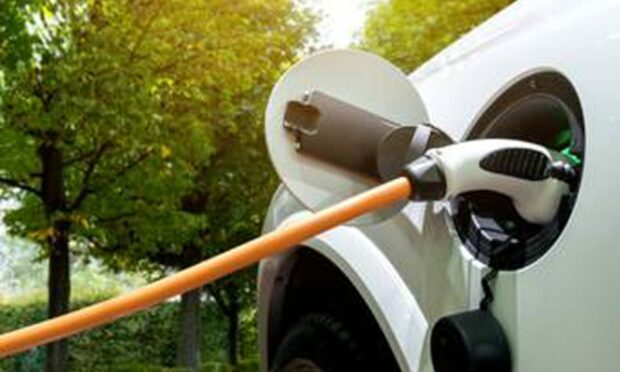
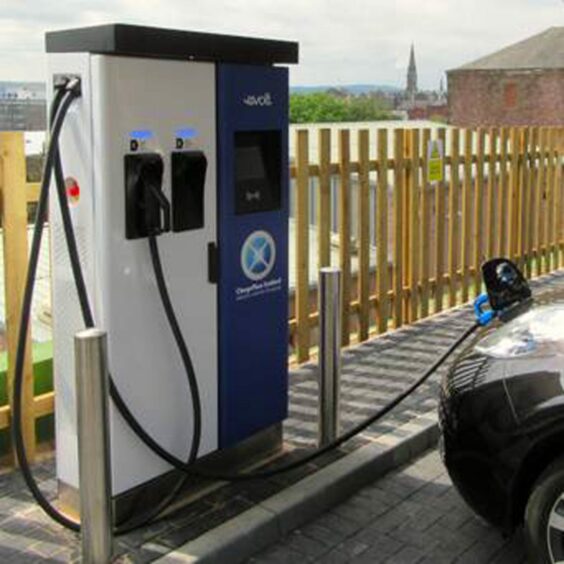
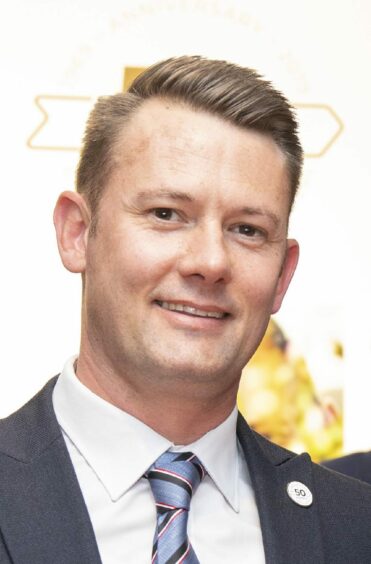
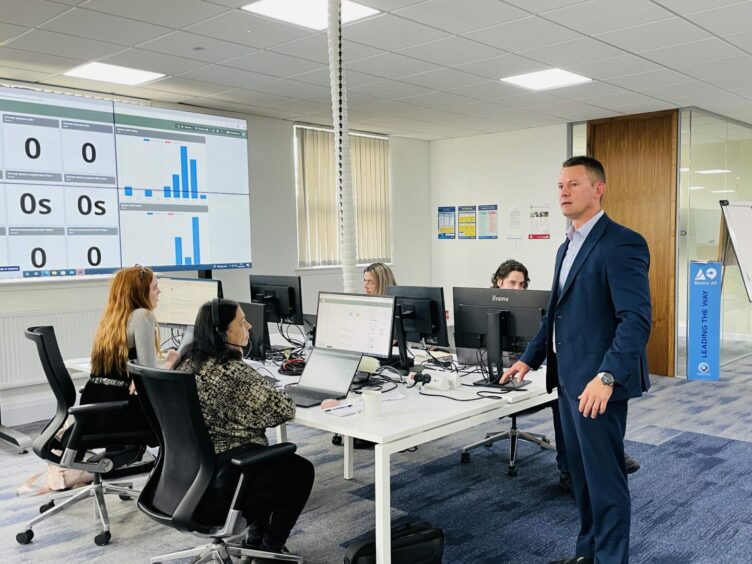
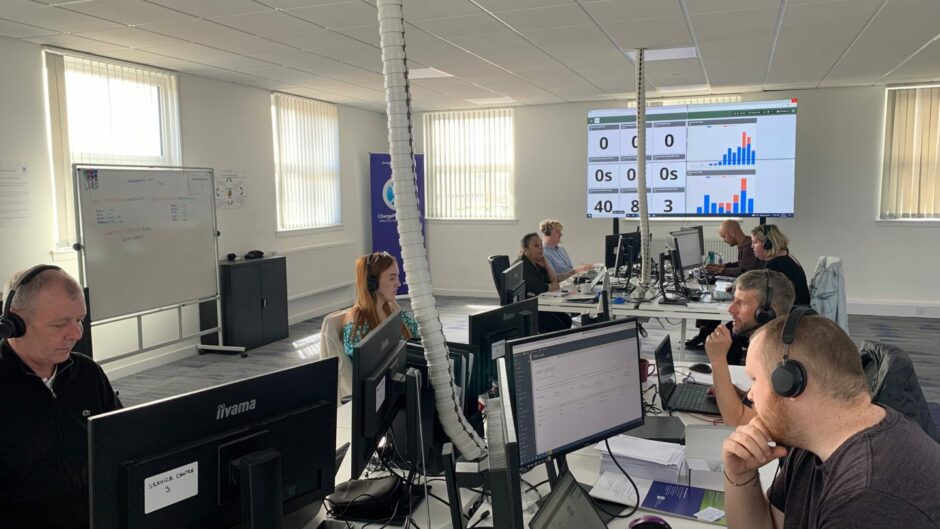
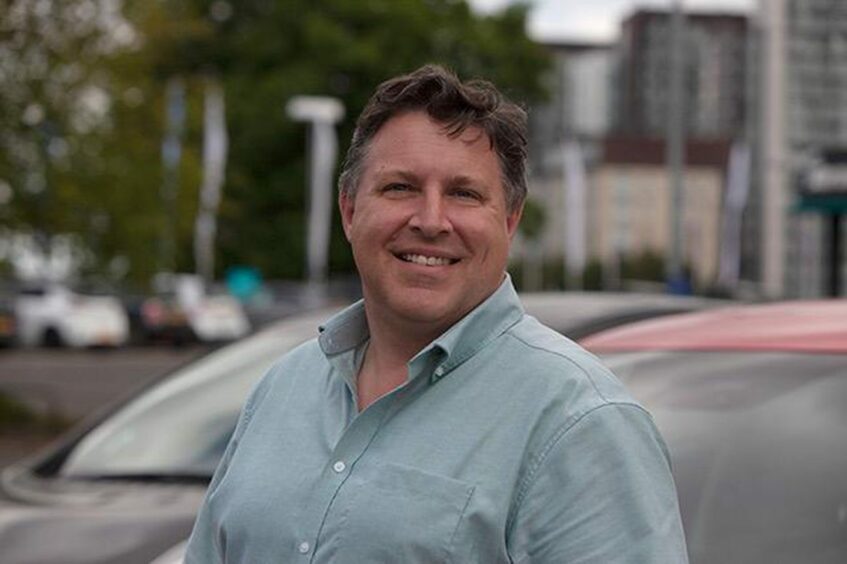
Conversation